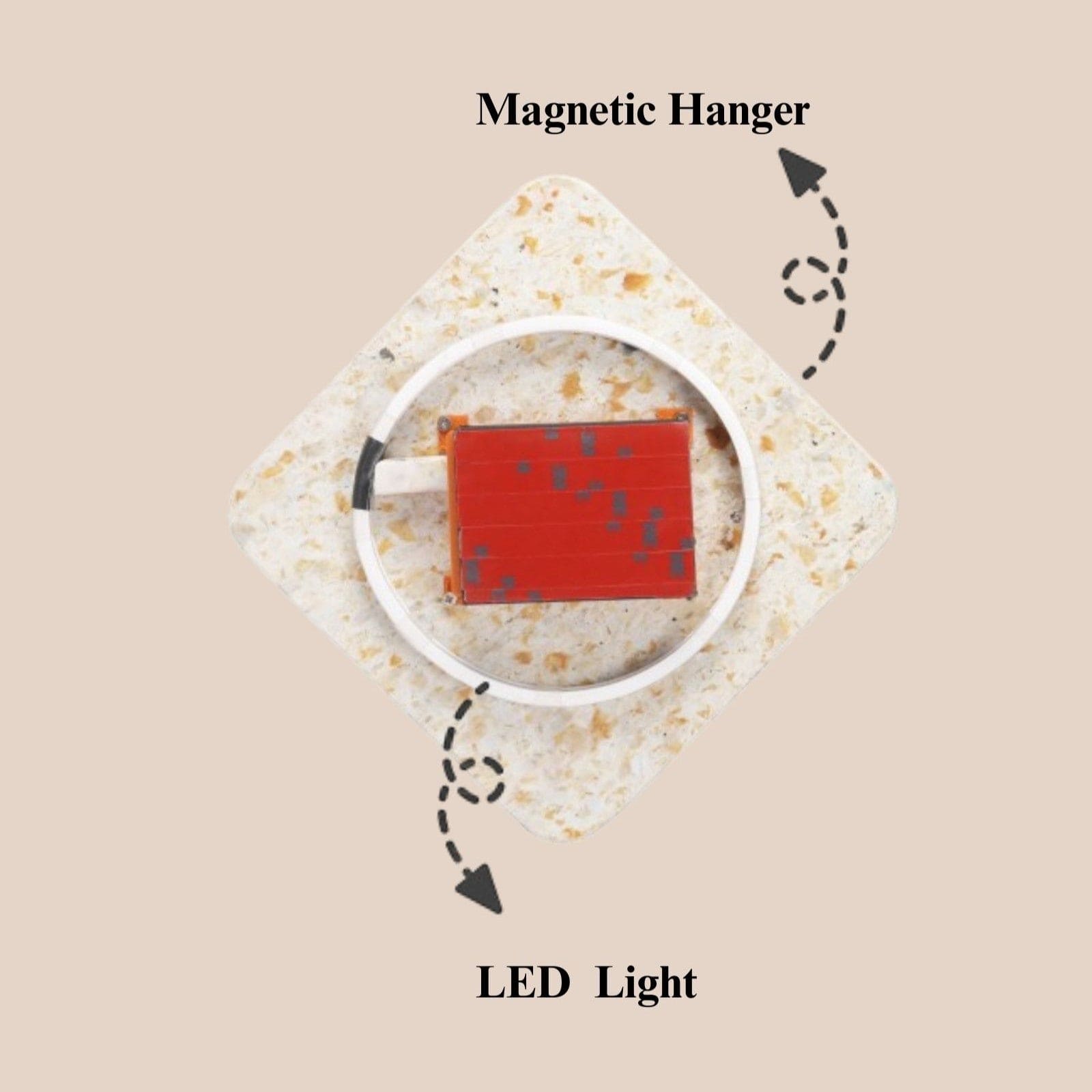
About Pluto Intero: Our Journey Towards Sustainable Innovation
Pluto Intero was born out of a passion for sustainability, innovation, and design thinking. As a startup founded by graduates of NIFT Gandhinagar, we saw an urgent need to transform home decor into a more eco-conscious, tech-savvy, and user-friendly experience. Our journey has been anything but easy—countless failures, relentless product development, and an unwavering commitment to making sustainability stylish and accessible.
The Beginning: How We Got the Idea
The idea for Pluto Intero emerged from a simple yet pressing realization—our homes are filled with products that contribute to environmental degradation, yet the market lacks aesthetic, durable, and smart alternatives made from recycled materials. We wanted to change that. Our goal was to create a range of home decor products that are not only sustainable but also modern, tech-integrated, and easy to use.
We began experimenting with recycled plastic as our primary material, setting out to prove that waste could be repurposed into premium, high-quality products. This decision, however, came with its own set of challenges. Unlike traditional materials, recycled plastic has inconsistencies—non-standard thickness, color variations, perforation difficulties, and durability concerns. We failed many times in the early stages, but each failure pushed us to innovate further.


Milestones & Achievements
Despite the hurdles, our dedication has brought us incredible recognition and opportunities. Over the past two years, we have had the privilege of showcasing our products at several prestigious platforms, including:
i) Milano Design Week in Italy – Representing sustainable Indian innovation on a global stage.
ii) Jawahar Kala Kendra, Jaipur – Engaging with the local community and artisans.
iii) MSME Expo, Kota – Introducing our products to industry stakeholders.iv) Events in Ahmedabad & Udaipur – Strengthening our brand presence and customer interactions.
Beyond exhibitions, our efforts have also been recognized through funding and grants.
One of our biggest moments came in December 2024, when we had the honor of showcasing our innovation to the Hon. Prime Minister Narendra Modi at Rising Rajasthan in Jaipur. This was a validation of our vision and a reminder of the responsibility we hold in shaping the future of sustainable design.
What Makes Pluto Intero Different?
We stand apart in the home decor space because we are not just another brand—we are building an ecosystem. Our approach integrates:
i) Sustainability – Using 100% recycled plastic and expanding into agri-waste, glass waste, and construction & demolition waste.
ii) Tech-Enabled Features – Developing smart, touch-enabled products that enhance convenience and usability.
iii) Design Thinking at the Core – Every product is designed with circular economy principles, ensuring minimal waste and maximum functionality.
iv) Hassle-Free Experience – Our products are easy to install, requiring no drilling, and are designed to be flat-pack for seamless assembly.

Overcoming Challenges in Product Development
Creating home decor products exclusively from recycled plastic has been an uphill battle. Unlike conventional materials, recycled plastic is unpredictable—it varies in thickness, color consistency, and durability. Designing with such constraints required rigorous testing and innovation.
i) Perforations & Holes – Getting the right structure while maintaining strength was a major challenge.
ii) Non-Standard Thickness – Variability in material composition made consistency difficult.
iii) Coloring Issues – Unlike virgin plastic, recycled plastic has inherent shades, making uniformity tricky.
